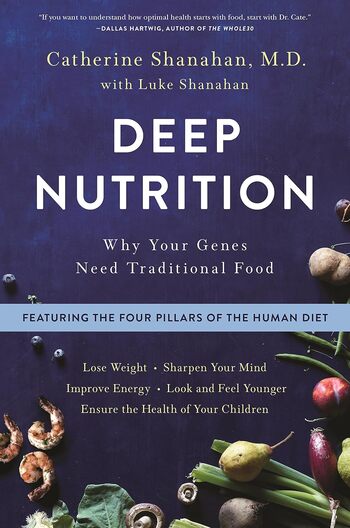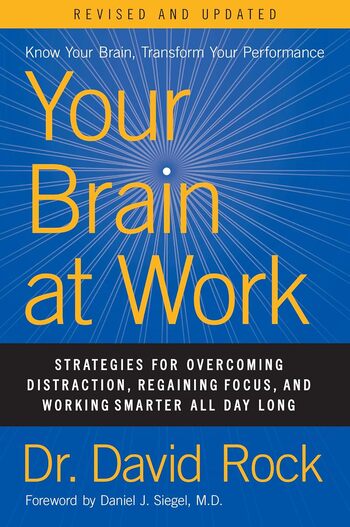
Silent Spring reveals the harmful effects of synthetic pesticides, primarily DDT, on the environment and wildlife, spearheading the environmental movement by illustrating the dangerous impacts of the chemical industry.
Main Lessons
- Synthetic pesticides like DDT pose severe environmental risks.
- Large-scale chemical spraying can lead to devastating ecological damage.
- Public awareness can lead to significant environmental policy changes.
- Legal actions have laid groundwork for future environmental safeguards.
- The chemical industry often resists environmental regulation.
- Scientific research is vital in understanding environmental impacts.
- Collaboration with scientists can bolster environmental advocacy.
- Alternative pest control methods are viable, reducing ecological harm.
- Ecological damage from pesticides can be long-lasting and pervasive.
- Awareness of the pesticide-cancer connection is crucial.
- Environmental health is intrinsically linked to human health.
- Resilience of nature demands respect and conscious stewardship.
- Engaging storytelling can effectively raise public awareness.
- Science-backed advocacy can challenge powerful industrial interests.
- Grassroots movements are essential in driving environmental change.








